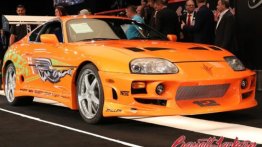Car manufacturers have this misconception that a hatchback with a couple of accessories can be passed off as a crossover, and that somehow, people will buy these cars in appreciable numbers. The hatchback-tuned crossover segment has witnessed two back-to-back sales failures in the Skoda Fabia Scout and VW Cross Polo.
But, can Toyota pull a rabbit out of the hat with the Etios Cross?
Exteriors:
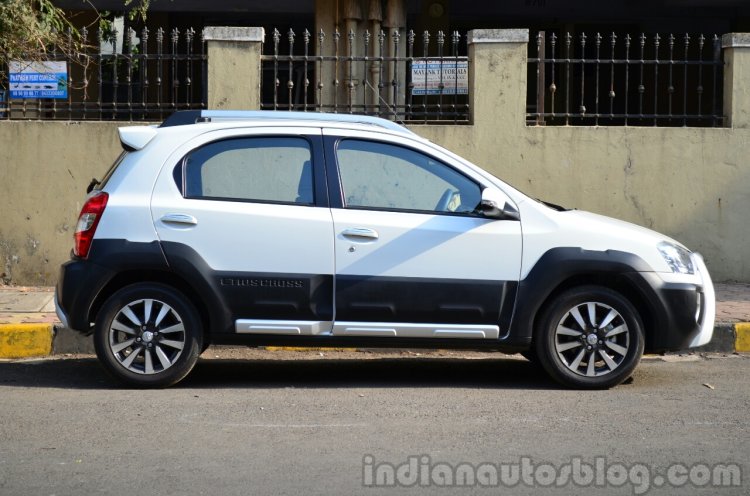
The Etios Cross looks better than the boring Liva when viewed at certain angles. The diamond-cut alloy wheels, plastic side moldings and ‘Cross’ badges look tastefully done to an extent. By no means however, is the Etios Cross crossover-looking. It also needs to be mentioned that the Cross does not sport added ground clearance compared to the Liva.
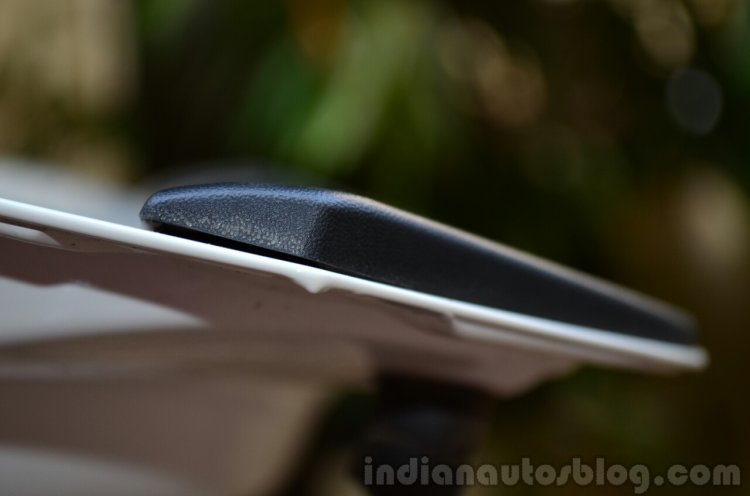
The plastic moldings you see on the sides of the car are plastic parts stuck to the doors in fact. Hence, the question of durability arises as to whether these parts will remain fixed on to the doors, rattle free, even after thousands of kilometers of driving on our roads. The add-on front bumper and skid plates are actually made out of plastic and not metal.
Interiors:
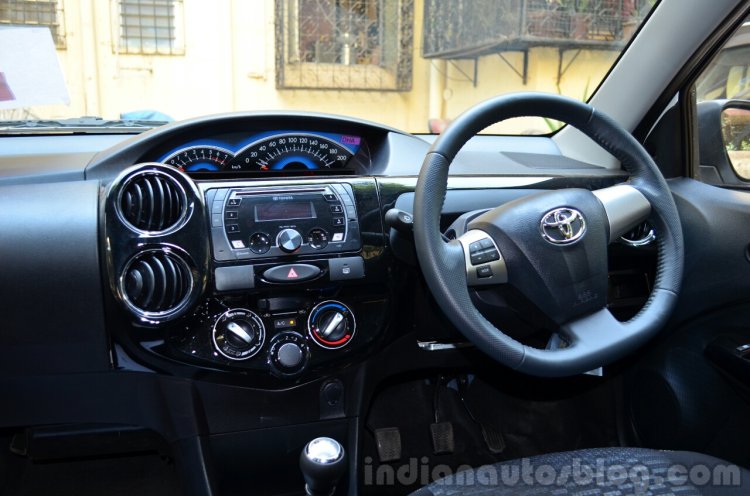
The interiors of the Cross have been given a glossy piano black finish which looks much better than the interiors of the Liva. The piano-black center console feels better screwed together than that of the Liva. The Cross is also extended new seat fabrics. Overall, the cabin’s ambiance is a certain improvement over the Liva’s.
Features:
The top-end trims of the Cross are equipped similarly to a top-end Liva. You get driver and passenger airbags, ABS, EBD, alloy wheels, a music system with Bluetooth compatibility and steering mounted controls.
The Drive:
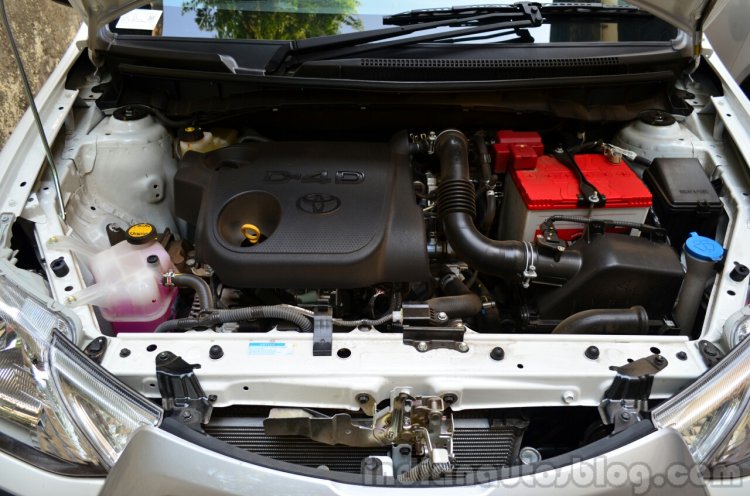
The Cross is offered with three engine options, two petrol and one diesel, identical to the Liva.
The base petrol is the 1.2-liter four-cylinder producing 80 PS at 5,600 rpm and 104 Nm of torque at 3,100 rpm, while a higher-displacement 1.5-liter petrol (taken from the Etios Liva TRD Sportivo) produces 90 PS at 5,600 rpm and 132 Nm of torque at 3,000 rpm.
The diesel variant, the version we drove, is powered by the 1.4-liter motor developing 68 PS at 3,800 rpm and 170 Nm of torque between 1,800-2,400 rpm. All engines are offered with a 5-speed manual gearbox.
Toyota engineers have made no modifications to these powerplants, and they’re identical to the Etios. Toyota says the Cross is about 20 kg heavier than a similarly specced Liva, and that this added weight would not affect the driving performance of the car.
And they’re absolutely right about that as the Cross performs exactly as the car its based on. The diesel, though underpowered on paper, is a good performer on the road and has plenty of torque.
The ride quality of the Cross/Liva can be described as best-in-class. As far as handling is concerned, the Liva/Cross isn’t the most exciting car, but the hatchback has sorted dynamics nevertheless.
Price:
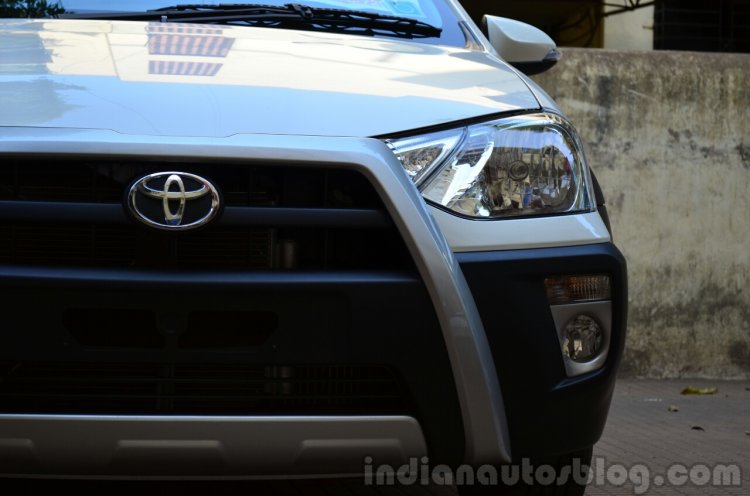
The Etios Cross diesel VD is priced INR 50,000 more than the Etios Liva VD Safety Pack. Prices for the Etios Cross petrol start at INR 5.76 lakhs, while the top-end petrol 1.5 comes in at INR 7.35 lakhs. The diesel GD costs INR 6.9 lakhs while the VD costs INR 7.4 lakhs.
[All prices are ex-Showroom, New Delhi]
Verdict:
You would be fooling yourself into thinking that the Etios Cross is anything more than a normal Liva. The Cross, at the end of the day, is a Liva with added accessories, most of which only add on to the weight of the car. The only positive to the Cross is that its interiors are marginally better than the dull-looking Liva, but the exterior looks in no way increase its appeal. Ideally, Toyota should make this piano black interior an option across the Liva range.
Our conclusion is that the Etios Cross isn't a crossover, but its in fact a Liva with slightly better interior quality and it doesn't warrant the additional asking price of INR 50,000.























































